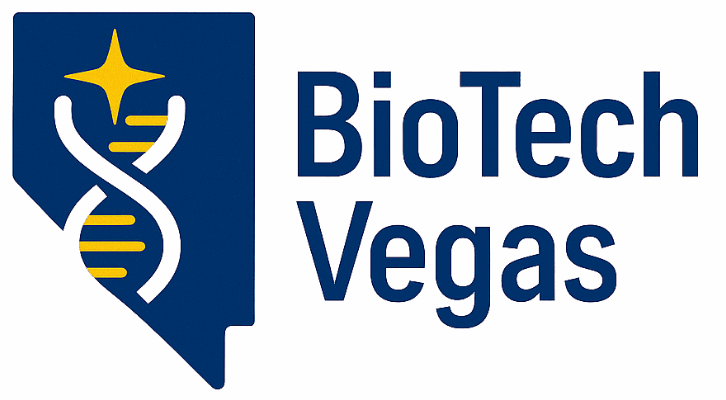Bio
Paul Banfer is Vice President and Chief Technology Officer for EISC, an international life, physical, and material sciences informatics company providing patented and proprietary solutions for laboratory data automation, integration and compliance. Bridging the functionality gap that exists between the analytical instrument raw data and the information delivered to the lab's internal and external client, EISC serves a variety of industries such as pharmaceutical, food safety, health & safety, manufacturing, environmental, waste management, water, nuclear and air.
Formerly with Lockheed Martin, Paul has over 20 years of scientific IT experience and currently oversees all software product technology for EISC. All EISC solutions focus on providing a seamless transfer of information, regulatory compliance, increased productivity, and maintaining quality assurance and data integrity. Paul is a former board member for the EPA’s Environmental Laboratory Advisory Board (ELAB), which advises on the NELAC/NELAP process and standards and provides assistance to entities involved in meeting regulatory compliance on a daily basis.
Headquartered in Las Vegas, Nevada, EISC works with such clients as the FDA, First Energy Corporation, Massachusetts Department of Health, NASA, American Water, TestAmerica, Merck, United States Enrichment Corp. (USEC), EPA, DOD, DOE, the US Army Corp of Engineers, Air Force and Navy.
Specialties: Lab data automation, integration, productivity, compliance; automated instrument integration, LIMS/IMS integration, 21CFR Part 11, automated quality assurance, and interoperability between transdisciplinary entities.
All EISC projects involve interoperability automation between instruments, sensors, devices, transdisciplinary experts, and entities over 20 different biotech industries.
Notable local use case 1: EISC software automates the laboratory data results for the Clark County Water Reclamation District (CCWRD) facility. The electronic workflow automation includes: 1) the quality assurance for all internal instruments that monitor metals, anions, and wet chemistry in wastewater. The entire CCWRD laboratory is digitized and paperless electronically communicating laboratory records in a live environment 24/7 for facility personnel; 2) data validation of contract laboratories that analyze organic priority pollutants and forever chemicals such as PFAS, Pharmaceuticals, Dioxins, …, etc.; 3) electronic discharge monitoring reports for 48 sites around Clark County that cover Las Vegas, Blue Diamond, Moapa Valley, Indian Springs, Laughlin, and Searchlight for federal Clean Water Act (CWA) and National Pollution Discharge Elimination System (NPDES).; 4) Electronic communication of laboratory results to Nevada, Las Vegas Valley Water District (LVVWD), and Southern Nevada Water Authority SNWA.; 5) The key benefits are 100% quality assurance for all laboratory results, elimination of all manual and duplicate entry, early notification alerts for proactive management, and the software system is entirely managed by the CCWRD (no code system).
Notable local use case 2: EISC automated the genetic testing of Sex Assault Kits for the Las Vegas Metro Police Department (LVMPD) between a robotic liquid handler made by Hamilton (Reno company) and a DNA sequencer. The key benefits are an exponential reduction in laborious manual calculations in the process of amplifying and concentrating DNA evidence of the suspects in Sex Assault cases. The automated system is entirely managed by the LVMPD (no code system) and facilitated the total elimination of the backlog in sex assault kits at the LVMPD.
Other notable national and international Use Cases:
1) EISC automates the microorganism testing in pharmaceutical manufacturing to ensure safety and drug quality.
2) EISC automates predictive modeling (AI/ML) in small molecules. Example: The development of a Non-Invasive Invitro Fertilization testing method that determines the health of a human embryo, determines the gender, and any genetic abnormalities. The test monitors the metabolic production of the human embryo in spent media. The goal is to increase the pregnancy success rate of IVF from an international of approximately 50% to near 90%. EISC automates the entire workflow from patient portal, robotic liquid handlers, analytical instrumentation, and AI/ML predictive modeling. No manual entry, duplicate entry, pipetting, and embryo biopsies by professional staff. The same automated approach can be used for stem cell growth development.
3) EISC automates proteomics similar to metabolomics in previous use case. Examples include: Proteomic predictive modeling for Proteins that dissolved tumors and/or mRNA used for vaccines.
4) EISC automated the FDA National Total Diet Study that monitors the nutritional diet of the United States. The EISC automation also includes an early notification system for monitoring of contaminates in food and beverages such as Toxic Metals and 700 Pesticide and Herbicide compounds.
5) EISC has been automating the environmental US Clean Air Act, Clean Water Act, Superfund, and Brownfields for two decades.
